| IN A NUTSHELL |
|
In a groundbreaking military achievement, U.S. fighter jets have demonstrated a remarkable advancement in warfare technology. In a recent test, F-15E Strike Eagle fighter jets launched GBU-53/B StormBreaker glide bombs, which were then commandeered mid-flight by Norwegian personnel aboard a P-8A Poseidon maritime aircraft. This test, conducted off the coast of Norway, showcases the evolving capabilities of modern warfare, where precision and adaptability are paramount. The ability to adjust bomb trajectories and targets midair signifies a significant leap in military strategy, ensuring that missions can be executed with unprecedented accuracy.
Bombs’ Trajectory Adjusted Mid-Flight
During the test, Norwegian operators aboard the P-8A Poseidon successfully adjusted the trajectory of the glide bombs without any visual contact from the launch platform. Utilizing real-time intelligence from the P-8’s advanced radar, surveillance, and targeting systems, the operators ensured pinpoint accuracy. The GBU-53/B StormBreaker glide bomb is a precision-strike standoff weapon capable of defeating both moving and fixed targets in adverse weather conditions. It employs a GPS/INS system to guide it near a moving target, with the ability to receive in-flight target updates via a two-way datalink using Link-16 or UHF communications. This test not only demonstrated the P-8A Poseidon’s decisive role in midair operations but also highlighted its ability to detect and track targets deep within contested areas.
Sensor Data Transmitted Directly to Munitions
The innovative test revealed that sensor data could be transmitted directly to the network-enabled GBU-53/B munitions, allowing them to adjust their path and strike moving or newly designated targets with high precision. This capability significantly reduces the risk of collateral damage and enhances mission effectiveness. Developed by Raytheon, the StormBreaker smart weapon gives operators a significant advantage in combat, especially in challenging weather conditions. The winged munition autonomously identifies moving targets, even in poor visibility caused by darkness, adverse weather, smoke, or dust from helicopters. As adversaries increasingly rely on such conditions to evade attacks, the need for an all-weather solution becomes crucial to enhance warfighters’ capabilities when visibility is limited.
Survivability Increased as Munitions Were Guided Post-Release
The recent test also highlighted increased survivability for the launch platform. By proving the ability to guide munitions post-release, the F-15E does not require line-of-sight or prolonged presence in contested airspace. This allows aircraft to launch from safe distances and immediately egress, reducing their exposure to enemy air defense systems. Furthermore, distributing control of munitions to allied command nodes ensures resilience and tactical flexibility, even in degraded or contested environments. This networked architecture enables adaptive responses to the latest battlefield intelligence, maintaining strategic superiority and enhancing overall mission success.
Technological Advancements and Military Strategy
The successful demonstration of midair munitions control underscores the significant advancements in military technology and strategy. The seamless integration of sensor data and communication systems exemplifies the future of warfare, where adaptability and precision are essential. Such innovations not only improve mission outcomes but also ensure the safety of military personnel by minimizing their exposure to hostile environments. As these technologies continue to evolve, the implications for global military operations are profound, reshaping how conflicts are approached and resolved. How will these advancements influence future military strategies and international relations?
Did you like it? 4.4/5 (23)
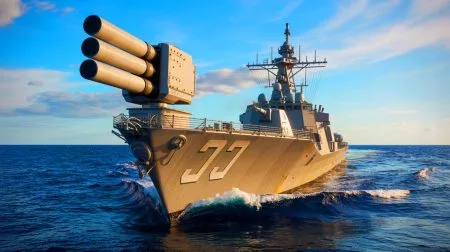
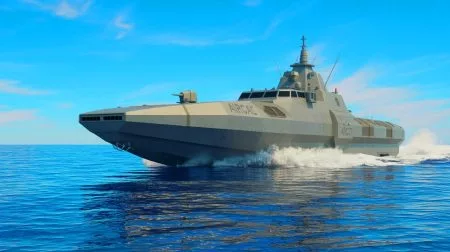
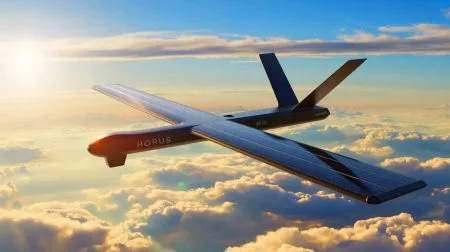

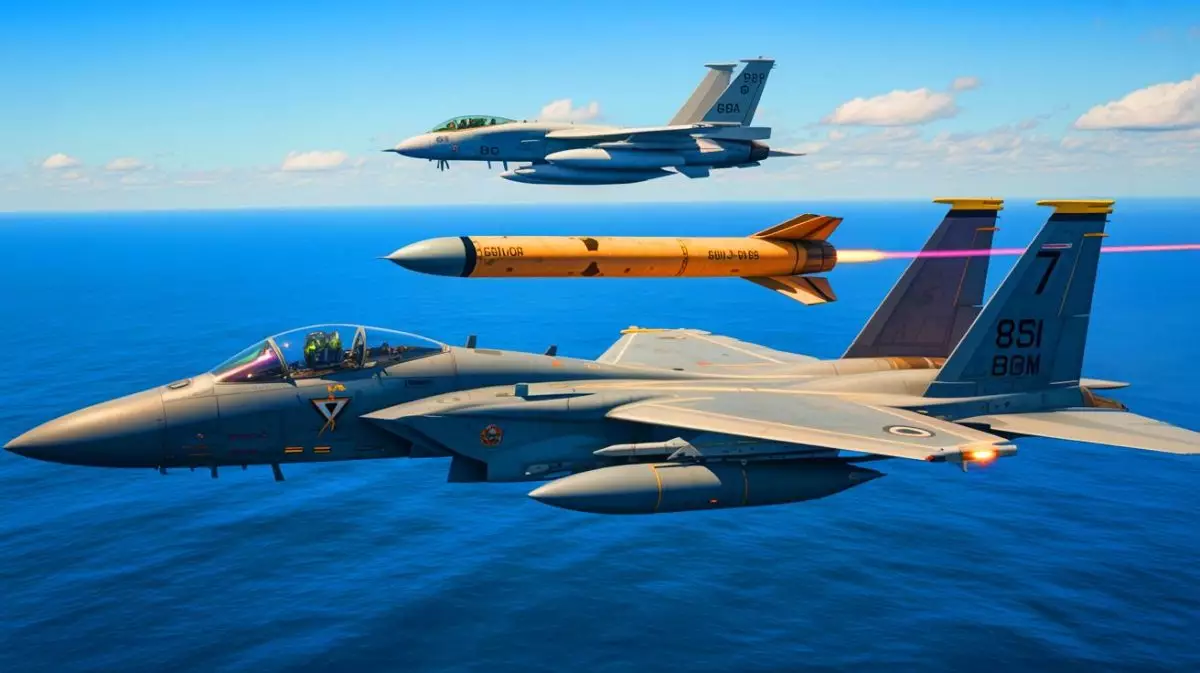
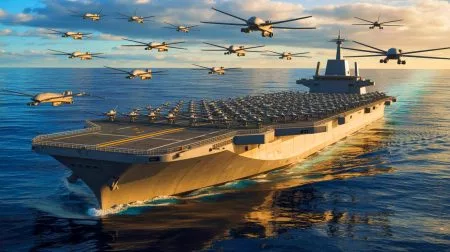

Wow, technology just keeps pushing the boundaries, doesn’t it? 😮
Isn’t it risky to rely so heavily on tech in warfare? What if it fails?
Great article! It’s fascinating to see how military strategies evolve with technology.
So does this mean pilots have less control once the bomb is released?
How does this impact international relations? Are we entering an arms race?
Not sure how I feel about this. Sounds like something out of a sci-fi movie! 🤔
What if the communication systems are jammed? Are there backup plans?
Are other countries developing similar technologies?
Thanks for the detailed write-up! It’s important to be informed about these advancements.
Spooky stuff, reminds me of something you’d see in a James Bond film! 🎬